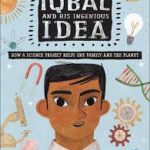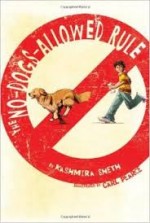A delightful and true story of a remarkable man named Nek Chand who was victim of the Indian and Pakistani partition of the late 1940s. He and his boyhood family were forced to relocate from Pakistan to India during a government order to separate Hindus, Muslims and Sikhs. Within two years after the forced move his parents died, primarily of heartbreak, as Nek recounts, “Partition devoured them.” Nek grieved his parents, his childhood village, and his former life, as a million other Hindus were doing the same.
Nek then turned the energy of grief into productive, artistic energy. He began to build, clear, and create a beautiful space in the forest just outside his new village of Chandigarh, India. He collected cast-off materials, such as: rocks. bottles, scrap metal, glass, ceramic shards, ect. and arranged them into works of art. Soon, others discovered his secret! The village people loved it, but the city had plans for a road to be placed through his artwork. After much consternation the city decides to go through with their plan to demolish the work until the towns folk, including children, create a human chain to protect the garden. And now an estimated 5,000 people daily, from all over the world, visit Nek’s Rock Garden.


